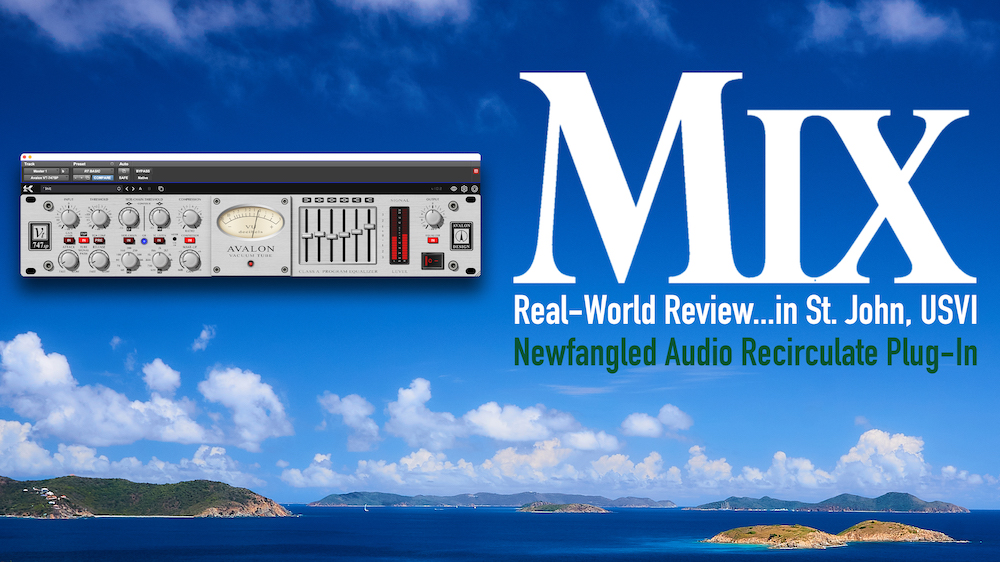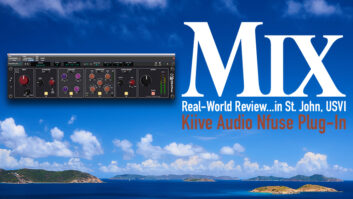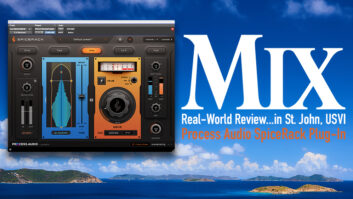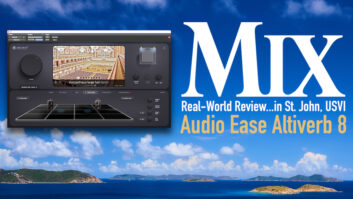
Every year, Mix contributors Rich Tozzoli, Mike Dwyer and Bruce MacPherson decamp to St. John, USVI, and temporarily turn a house into a studio where they record TV cues while also testing new equipment and software, resulting in a bevy of Mix Real-World Reviews written in a unique part of the real world.
USVI (May 6, 2024)—I’ll start by saying that I’m a huge fan of Avalon, having a TV-737sp that I use nearly every day in my home studio. However, I only have one channel, and the Kazrog 747 comes in software form, allowing me lots of them! Developed in conjunction with Avalon Design, it’s carefully modeled on 2022 and 2023 hardware units and retains all the features. It’s a Class A-style optocompressor originally designed for mix bus/mastering use, versus the Avalon 737, which is more of a channel strip. I tend to use it on the mastering bus, and I like to call on the side-chain functions, which let you adjust the threshold based on frequencies.

The EQ is a six-band graphic, passive type. The frequencies are fixed at 15 Hz (shelf), 125 Hz, 1500 Hz, 2 kHz, 5 kHz (shelf) and 32 kHz (shelf). To me, nothing gets “air” like Avalon products, so I tend to push the 32 kHz up with a touch of 5k and create a subtle “smile,” just touching on 125 Hz but then shelving 15 Hz to cut any mud out. The results are pure Avalon, where the smooth high end comes up without being crispy or harsh, and the bottom is subtly beefy. I also tend to engage the TSP button, which puts three tubes into circuit, as otherwise it’s transistor-based. Note that you can also get some cool, edgy sounds by pressing the +10 dB button, which hits the compression quite hard. So between the EQ bands and the opto/sidechain compression, which is quite smooth, it delivers on what it’s supposed to do.
Not only did I use it on our mixes, but Levier and Dwyer also used it in their sessions in a variety of ways, and there’s one thing we all agree upon: It’s badass!







